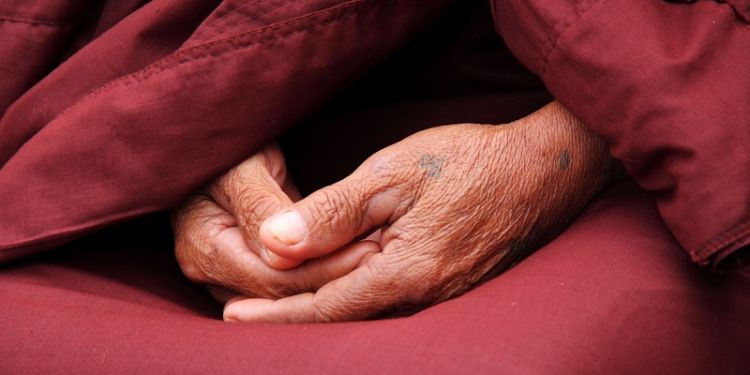MA by Research case studies
Joe Rotheray. Thesis: Popular Buddhist practices in Thailand

MA by Research (October 2014 - July 2016)
This research seeks to advance the study of popular Buddhism in Thailand through a case study of Wat Doi Kham in Chiang Mai province. This monastery has become the subject of nationwide popularity due to a small Buddha image it contains that is reputed to effectively grant wishes in return for jasmine garlands.
The study first examines supplication (kan bon ban) as a practice in Thailand generally, which has been largely overlooked in English language scholarship. Ethnographic data and popular Thai books, manuals and websites on supplication are drawn from to provide context for Doi Kham.
In tandem with supplication, the study is also concerned with the role of material culture and art in popular religion, in terms of aesthetics and meanings, ritual prescriptions, and also production and circulation. The concept of synergy is offered as an etic framework for understanding the design and deployment of religious objects, in which separate elements and their functions are understood as interacting components within bounded units. The internal mythology that generates meaning for the monastery’s material contents, or ‘units’, is closely examined with reference to supplication and synergy.
By focusing on the material elements of the practices at Doi Kham, the study illuminates the managerial networks that operate behind these objects and their varied economic and political interests, and how these shape and reflect the practice of popular religion at Wat Doi Kham. The study also provides an ethnographic examination of popular attitudes and understandings of Doi Kham, which are often in contrast with the monastery’s self-presentation.
I would like to gratefully acknowledge The Royal Thai Embassy, who funded this research, and Thai Studies at Leeds.

